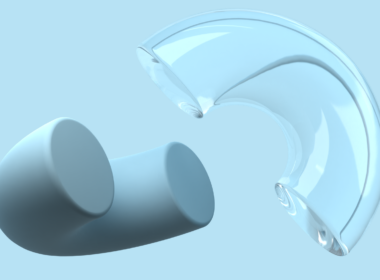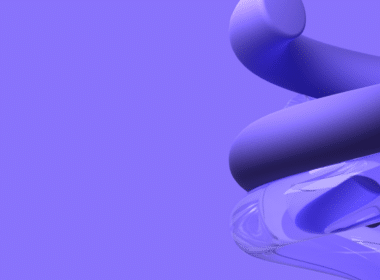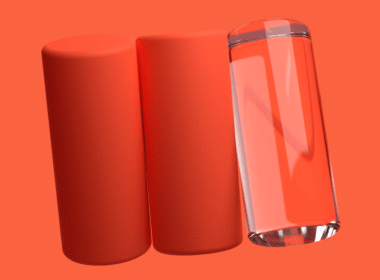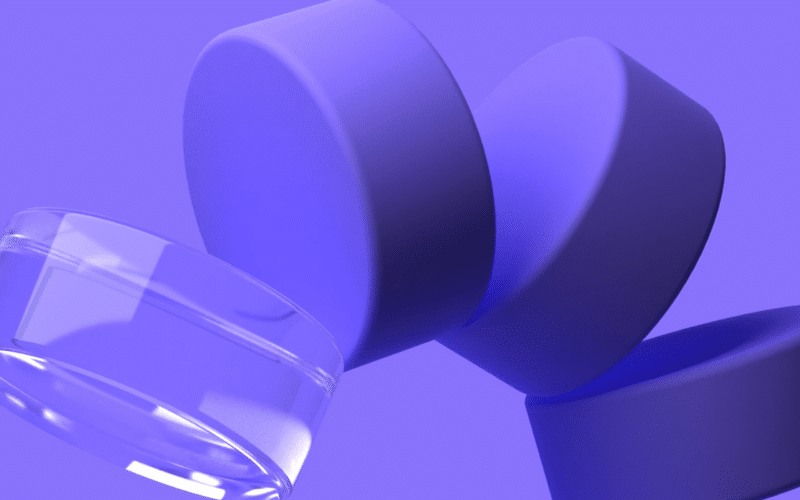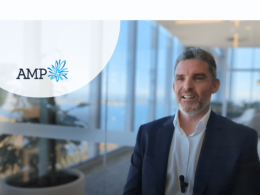On Monday, 29 June 2020, we organised our third Open Banking webinar; this time, the topic was how to make the most of Consumer Data Right data. In a 30 minute webinar we took a deep dive into the different types of data you an expect, what you can do with it and we gave an exclusive preview of the Frollo consent flow to collect it.
We’re thankful for all of the questions we received, both before and during the webinar. As we didn’t have the time to answer all of the questions during the webinar, we’ve picked the top 10 questions we received and answered them in this article.
If you missed it, click here for a recording of the webinar. Get in touch if you’d like the slides or would like to know how we can help you make the most of Open Banking data.
1. How did you find the process of becoming an Accredited Data Recipient?
As expected, the process wasn’t easy. We were the first FinTech to go through this process and it was the first time the ACCC had done something like this. That meant lots of learning along the way, for both of us.
We recently wrote an article about this topic, answering 6 questions about becoming an ADR.
2. As the first FinTech ADR, are you frustrated by the delays from the major Data Holders?
It’s fair to say that the government and the participants have underestimated the CDR program every step of the way. The delay from February to July was definitely needed to ensure the whole ecosystem worked, but on the other hand, the extra time meant extra cost for us.
3. How does being an ADR affect your relationship with screen scraping aggregators such as Yodlee?
Screen scraping aggregators all know they will need to move to Open Banking at some point. And as far as we know, they’re all planning to become an intermediary for that reason.
In the UK, open Banking volume has increased tenfold in just two years. It’s more secure, and our testing already shows that conversion rates for connecting accounts will be higher than the 50%—60% we’re achieving with screen scraping at the moment.
For us, though, it won’t be a sudden shift to Open Banking. We will still use screen scraping for where banks haven’t moved over to Open Banking. We’ll need to in order to give people a full overview of their finances.
4. Recently ‘write permissions’ have started to be debated in the context of CDR. Should this progress to legislation, how do you see it impacting financial services?
Scott Farrell is looking at the future of CDR, and ‘write access’ is a significant part of that development. We see it absolutely turbo-charging the take-up of Open Banking through the increase of use cases. We can see that in the UK, where the Open Banking update has significantly increased with ‘write access’.
When the rights include payments, it means real-time payments can happen without going through the Mastercard and Visa schemes (debit, not credit). That could have a massive impact on the financial services landscape in Australia.
5. Can you use CDR data to market to your customers?
You can’t send CDR data to a marketing company for that purpose. However, you can make your own offers and provide insights to your customers based on the CDR data they’ve shared with you.
6. What are the current estimated costs of becoming an ADR?
It’s important to realise that our experience is not the experience new potential ADRs will go through. We didn’t just test our own technology, but also the banks and the ACCC registry. The process for new potential ADRs will be more streamlined and quicker, and should therefore also cost less.
The whole process of becoming an ADR has taken us between 9 – 12 months. The new timeline is closer to 3 – 6 months. A rough estimate would be it will cost new DRs approximately 1/3 of what it cost us, and it cost us over $1m.
7. How do you view July 2021 as the Non-Major ADI compliance date? Is that a benefit for them?
Yes, we see that as a benefit for them. Post-July 2020, the ecosystem will need to be bedded down, so changes are expected. We saw this in the UK, where things weren’t stable, and there were issues in the beginning.
For Non-Major ADIs to only have to comply by July 2021 means they’ll experience less change and less volatility.
By the way, if they view this differently, they can volunteer to go earlier.
8. What specifically is available for Go Live on 1 July?
On 1 July, the Big 4 banks will go live with ‘Phase 1 product’. This mainly covers transaction accounts, savings accounts and credit cards; see a full overview on the ACCC website.
9. What is Frollo doing to encourage customers to use the CDR? More broadly, who do you think should shoulder the responsibility of promoting the CDR?
We’re promoting the benefits of CDR to our users in our product and through marketing communications, as we see it as a step up for them and for us.
It’s the ACCC and OAIC’s responsibility to promote this to consumers, though. We expect them to start after July once they see the ecosystem is stable enough.
10. How can you provide your APIs to other businesses if you’re not an intermediary? What are the requirements for software to integrate with your API service?
Only Accredited Data Recipients can receive CDR data from a bank. There are two approaches for using someone like Frollo to help an organisation receive CDR data.
The first approach is for Frollo to act as an intermediary. The ACCC has clarified that with this approach, both the Data Recipient and the Intermediary need to be accredited. Consultation for this has just commenced, so it’s not possible for any company to become an intermediary yet.
The other approach is for an Accredited Data Recipient to use a SaaS solution to collect CDR data under existing rules. This means a company like Frollo could supply the SaaS solution to the Data Recipient for their use in collecting CDR data. An important difference here is that Frollo would not be able to see the data, nor would it have access to the secret manager or the keys that allow it to be decrypted.
Any organisation wanting to use Open Banking data needs to become an ADR. From a technology perspective, they then have three options:
- Build their own technology
- Wait until intermediaries are allowed
- Work with a company like Frollo, who already have the software to retrieve CDR data as a SaaS solution
